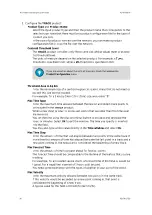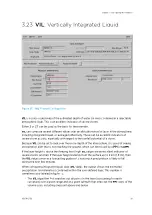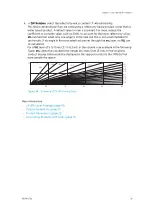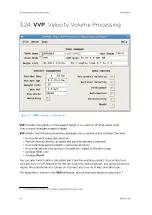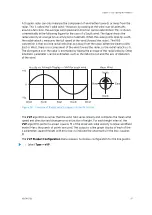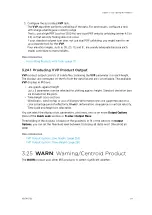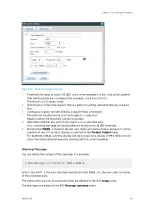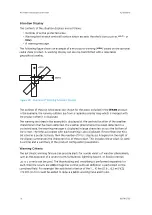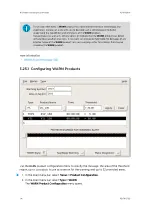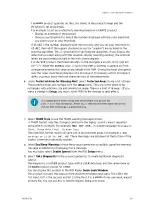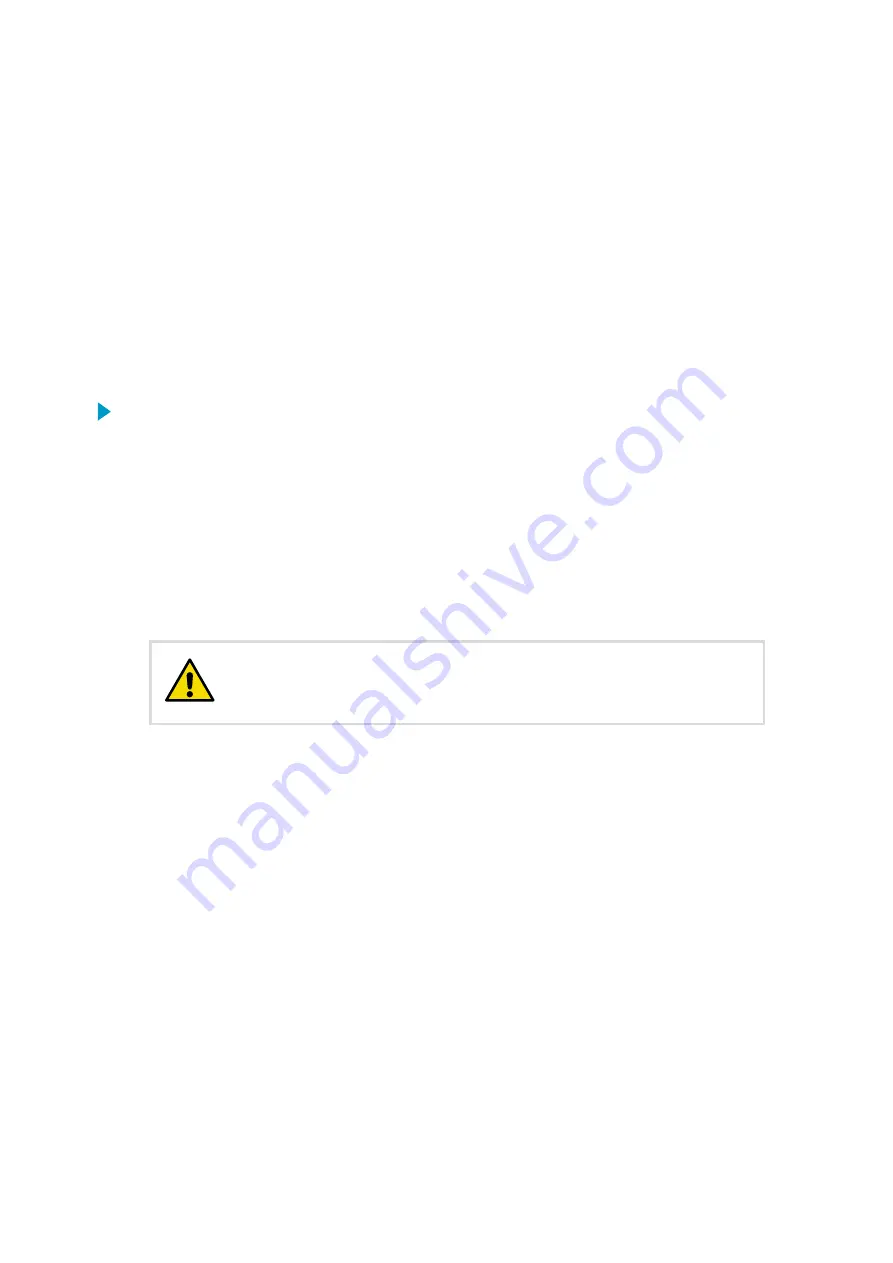
2. The algorithm converts the
Z
or
T
values to
W
(water content) values and integrates the
values in the layer.
Each data point is assigned a weighting corresponding to the height interval that it
represents in the layer. The result is an intermediate
PPI
product that has the total
water content as a function of surface range and azimuth.
3. Finally, the intermediate product is transformed to Cartesian and stored. If
Z
is
selected as the
Product Data
parameter, but at run time only
T
is available (or the other
way around), the product runs with the available data parameter.
When computing Layer Average Reflectivity (LAR-data), the output is stored in normal
reflectivity. The processing is nearly identical to
VIL
-data, except that the
dBZ
inputs are
converted to linear
Z
instead of
W
, and we divide by the layer thickness in the end. The
average
Z
is then converted back to dB.
1. Select
Type > VIL
.
2. In
Data:Display
, select which type of data is computed.
•
dBT:VIL
Select input type to compute
VIL
data.
•
dBZ:VIL
•
dBZc:VIL
•
dBT
Select input and output type to compute the layer average.
•
dBZ
•
dBZc
3. In
Layer Top
and
Layer Bottom
, select the top and bottom heights of the
VIL
layer in
kilometers and tenths of kilometers.
The bright band biases the
VIL
measurements. Select the
VIL
layer to
avoid the freezing level height.
CAUTION!
IRIS Product and Display User Guide
M211319EN-H
94
RESTRICTED
Summary of Contents for IRIS
Page 1: ...M211319EN H RESTRICTED User Guide IRIS Radar IRIS Product and Display...
Page 12: ...IRIS Product and Display User Guide M211319EN H 10 RESTRICTED...
Page 71: ...Chapter 3 Configuring IRIS Products RESTRICTED 69...
Page 303: ...Figure 103 Typical Spectrum Plot Appendix A Basic Radar Meteorology RESTRICTED 301...
Page 386: ......
Page 392: ......
Page 393: ......
Page 394: ...www vaisala com...











